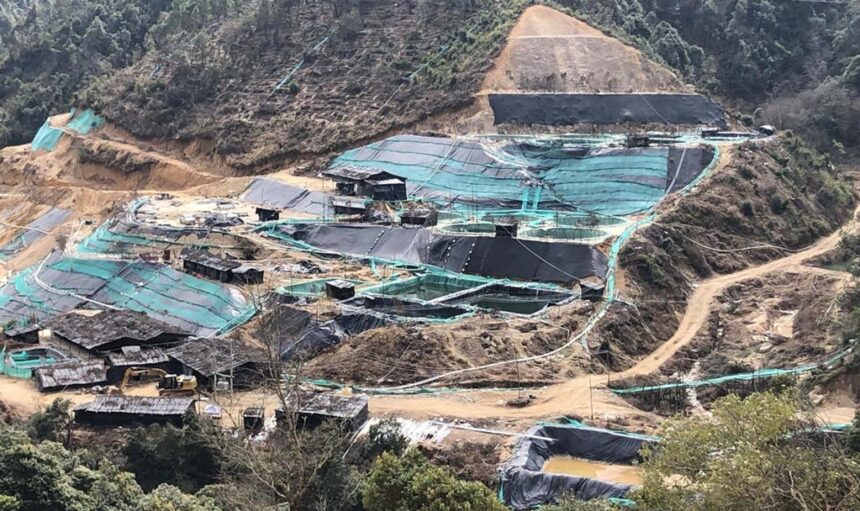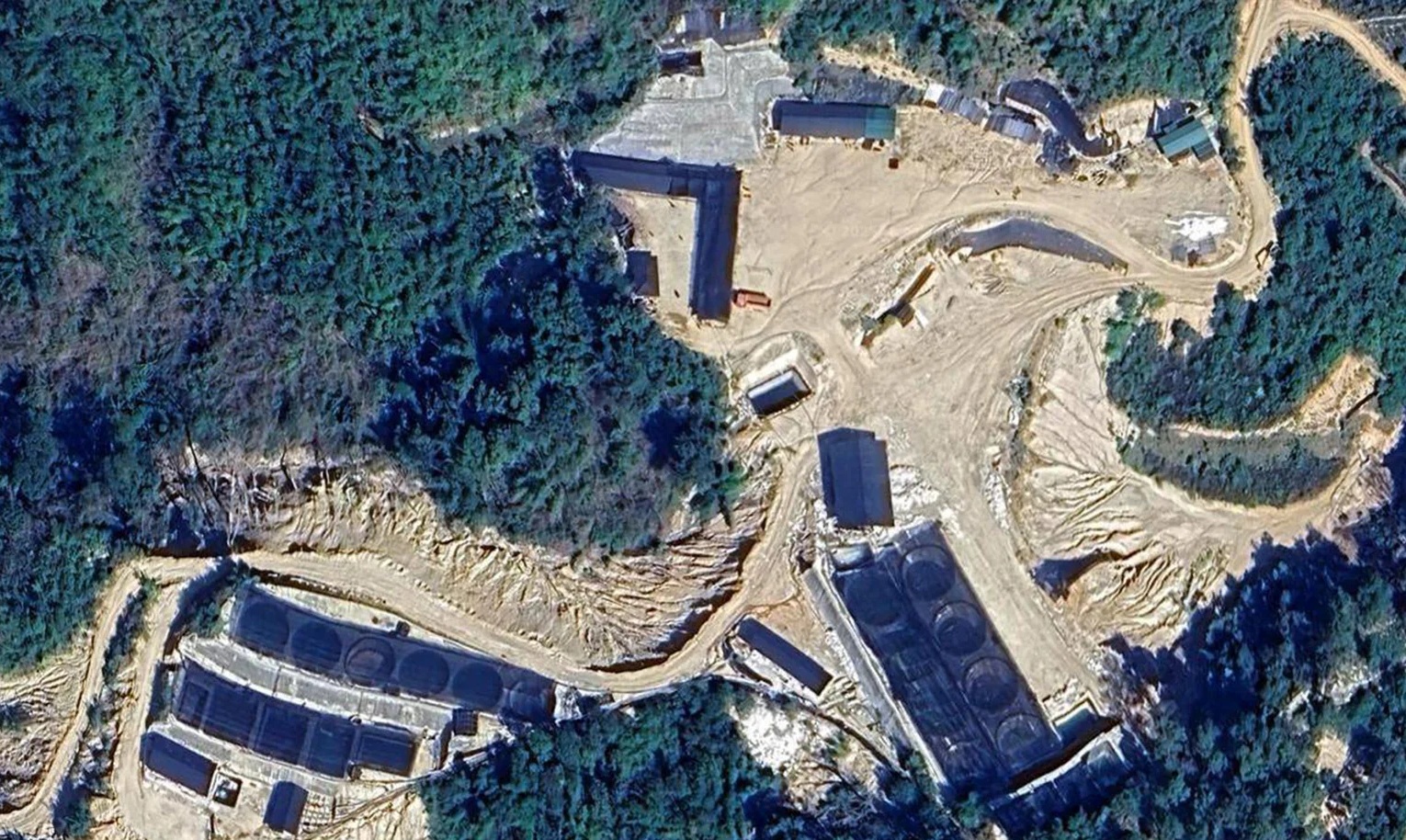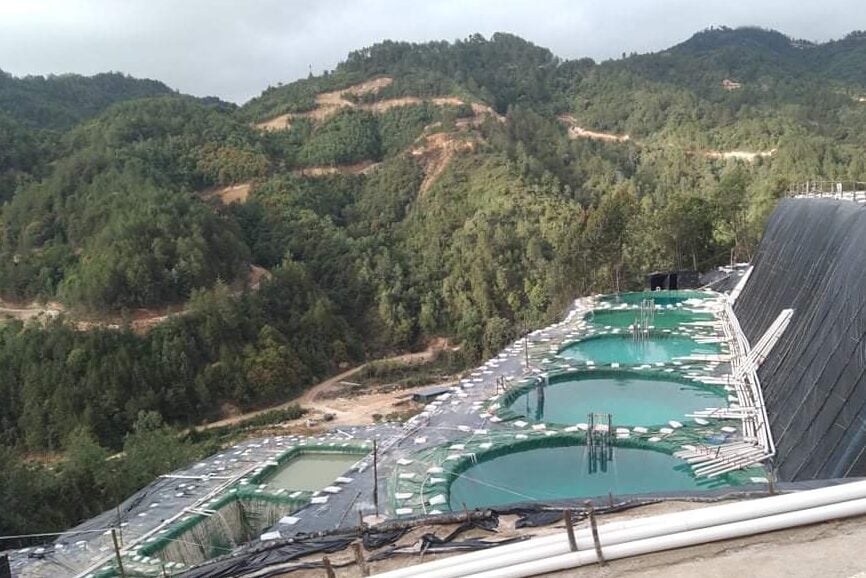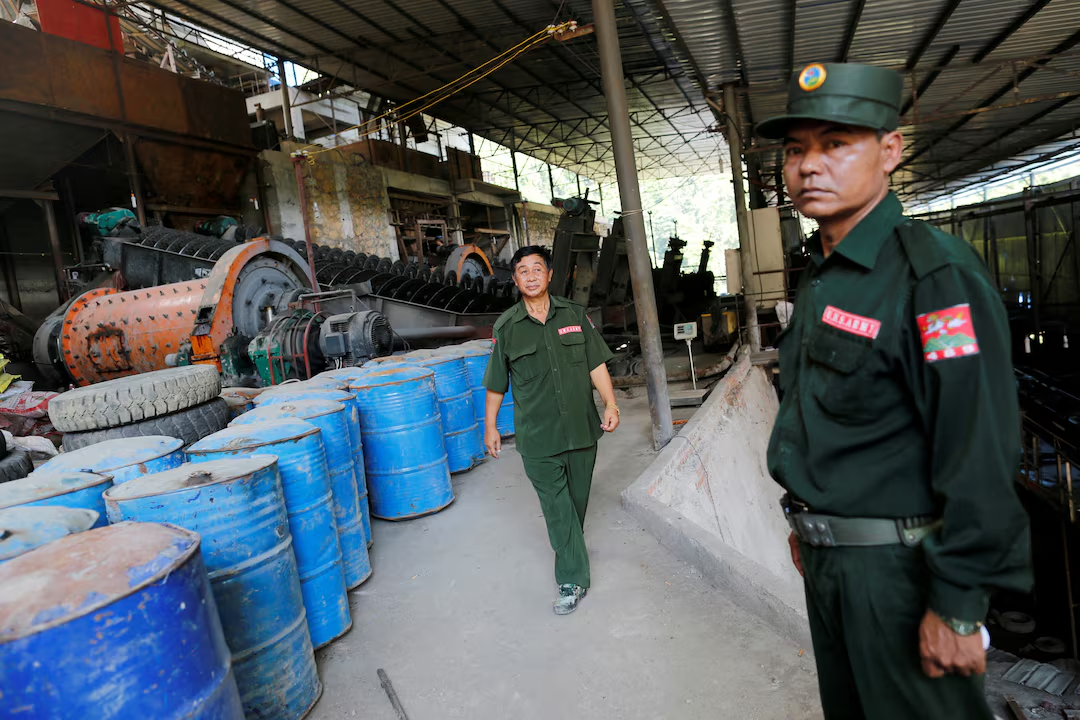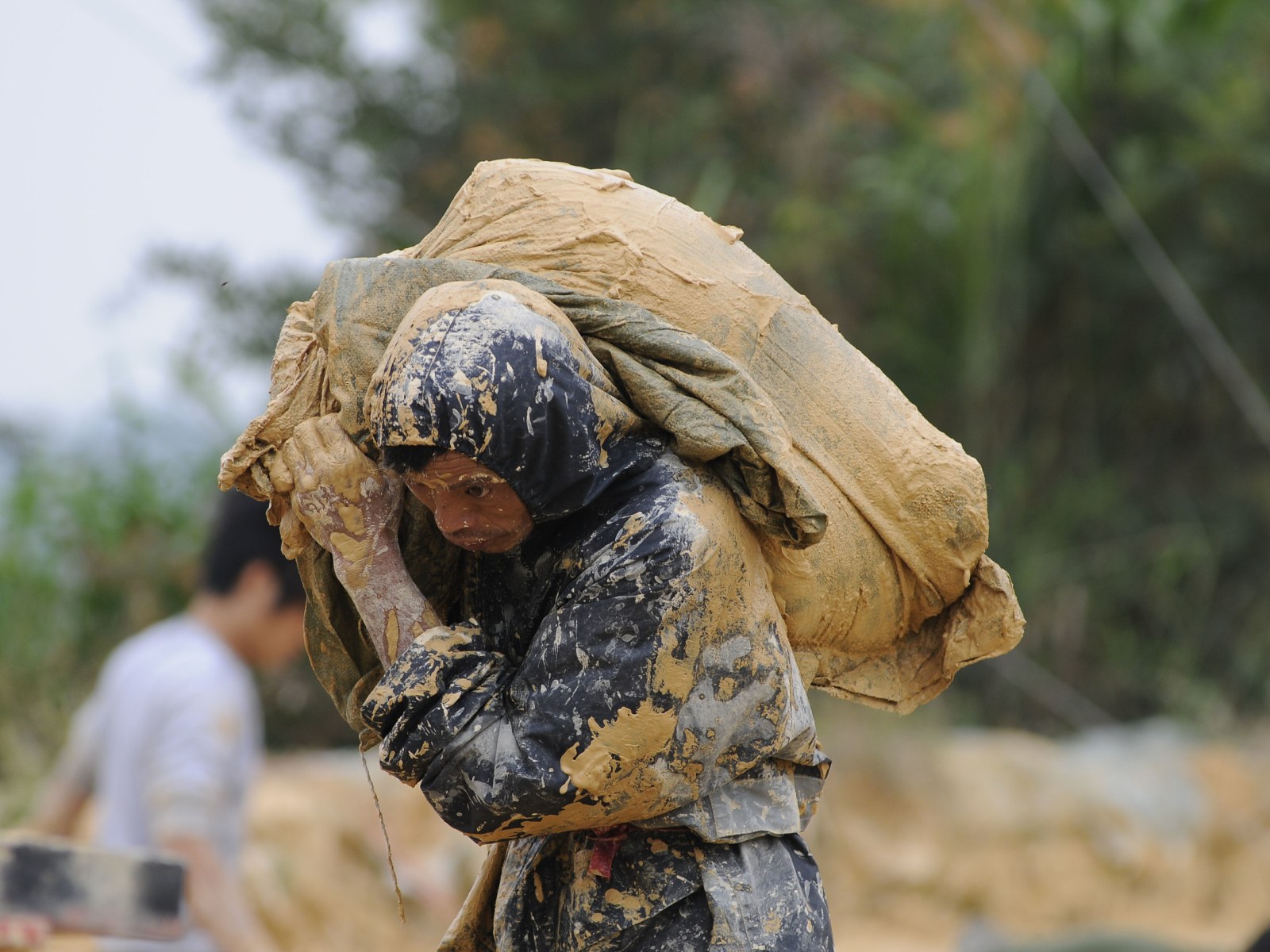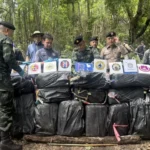CHIANG RAI – The situation in Shan State keeps getting more serious. The Tai Human Rights Foundation recently released satellite images and hidden photos that show the United Wa State Army (UWSA) opening up new rare earth mines both in northern and southern Shan.
These sites stretch across river basins that link the Salween and Mekong rivers, reaching as far as the Kok River’s upper reaches. The risk of pollution from these mines is growing.
The foundation shared a statement alongside the satellite images, which highlight the rapid expansion of rare earth mining in areas controlled by the UWSA in northern Shan State. This adds to earlier reports showing rare earth mining on both sides of the Kok River near Mong Satt in southern Shan.
Satellite photos reveal that rare earth mining has grown significantly in the border town of Pauk, located near the Thai-Myanmar border and close to the territory of the Myanmar military government in Yang.
Since 2015, the number of mines in Pauk has jumped eightfold. Some of these mines now sit just 3 to 4 kilometres from the town, causing higher levels of contamination in the region’s waterways.
A map of the Pauk mines shows a setup similar to rare earth mines in Kachin State, with several circular leaching ponds scattered across the area. This mining method, known as “in situ leaching,” involves pumping chemicals into the ground to extract rare earth minerals from the soil. Secretly taken photos of mine workers confirm the use of this method.
In this process, chemicals are injected through pipes into the mountain to pull rare earth minerals from the dirt. The chemicals then flow through pipes into pools, where other chemicals are added to finish the extraction. This approach often leads to soil, surface water, and groundwater pollution.
Satellite images also highlight a rare earth mine that started in 2022 along the Pai River, which cuts through farmland and other areas in Pauk. The Pai River forms part of the lowlands that feed into the Salween and Mekong rivers.
Water from the mines flowing west eventually reaches the Salween, while water heading east passes into the Luoi River and then to the Mekong at Sop Luoi, on the Myanmar-Lao border.
The foundation notes that as of May 2021, the Myanmar central government’s list of licensed mines does not include any rare earth mines in Pauk. This suggests that these mining operations likely result from cooperation between the Wa Army and Chinese companies, who can work without going through formal Myanmar government channels.
In contrast, rare earth mines near the Kok River in Yon and southern Mong Satt, near the Thai-Myanmar border, require approval from the Myanmar military government.
Satellite images show the first rare earth mine in southern Mong Satt, about 25 kilometres from the Thai border in Chiang Mai’s Mae Ai district. A similar mine lies in Yon, with one site only 3.6 kilometres east of the Kok River and another just 2.6 kilometres west of the river.
Pauk is the second-largest town in the UWSA’s Special Region 2 and sits about 25 kilometres from Pang Sang, the Wa capital. This area is now the second spot in Shan State confirmed to be producing rare earth minerals, likely for export to China.
China’s involvement in rare earth mining in Myanmar’s Shan State has raised significant concerns about environmental degradation and human health impacts, largely driven by unregulated and harmful mining practices.
The mines, often operated by Chinese companies under the protection of the United Wa State Army (UWSA), a China-backed militia, operate in a regulatory “grey zone.” This lack of oversight allows companies to prioritize profit over environmental and health safeguards, with little recourse for affected communities.
Shan State, like Kachin, is part of a biodiverse region. Unregulated mining is laying waste to ecosystems, with reports of contaminated rivers and streams rendering them unusable for fishing or agriculture. This mirrors the environmental devastation seen in Kachin State, where mining has left landscapes barren and waterways toxic.
Local communities and mine workers report health issues linked to the chemicals used in rare earth extraction, including skin conditions, respiratory problems, kidney issues, and gastrointestinal disorders. In Kachin, similar mining practices have been associated with severe health outcomes, including deaths from chemical exposure. Workers in Shan State face similar risks due to the lack of protective measures and regulations.
China dominates global rare earth processing (nearly 90%) and relies heavily on Myanmar for raw materials, with Shan State emerging as a new mining frontier after disruptions in Kachin due to rebel control.
Chinese companies exploit Myanmar’s political instability and weak governance to operate with minimal environmental or labour standards, producing rare earth oxides at significantly lower costs than in regulated regions.




